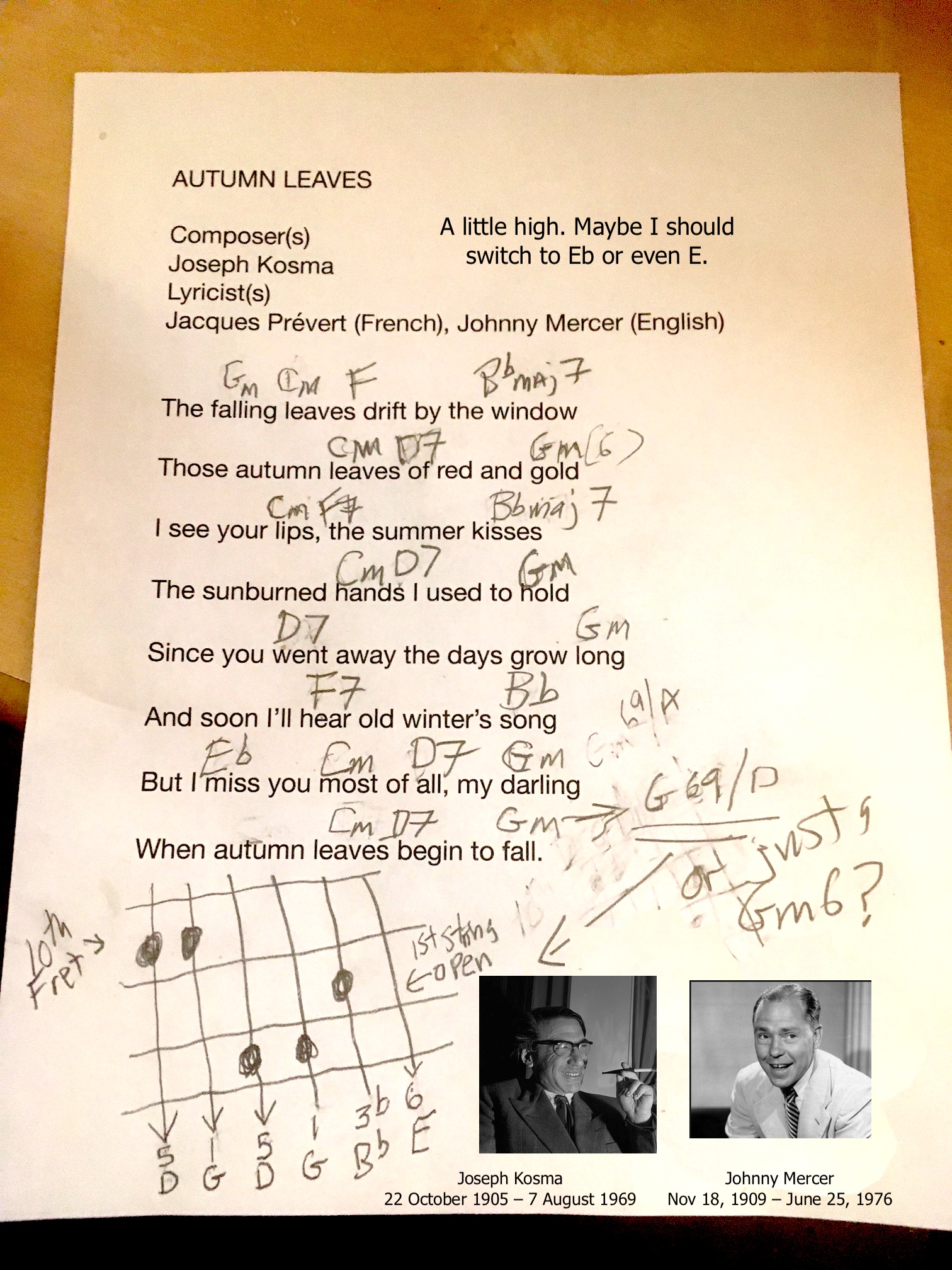
Autumn Leaves Lyrics and Chords.jpg
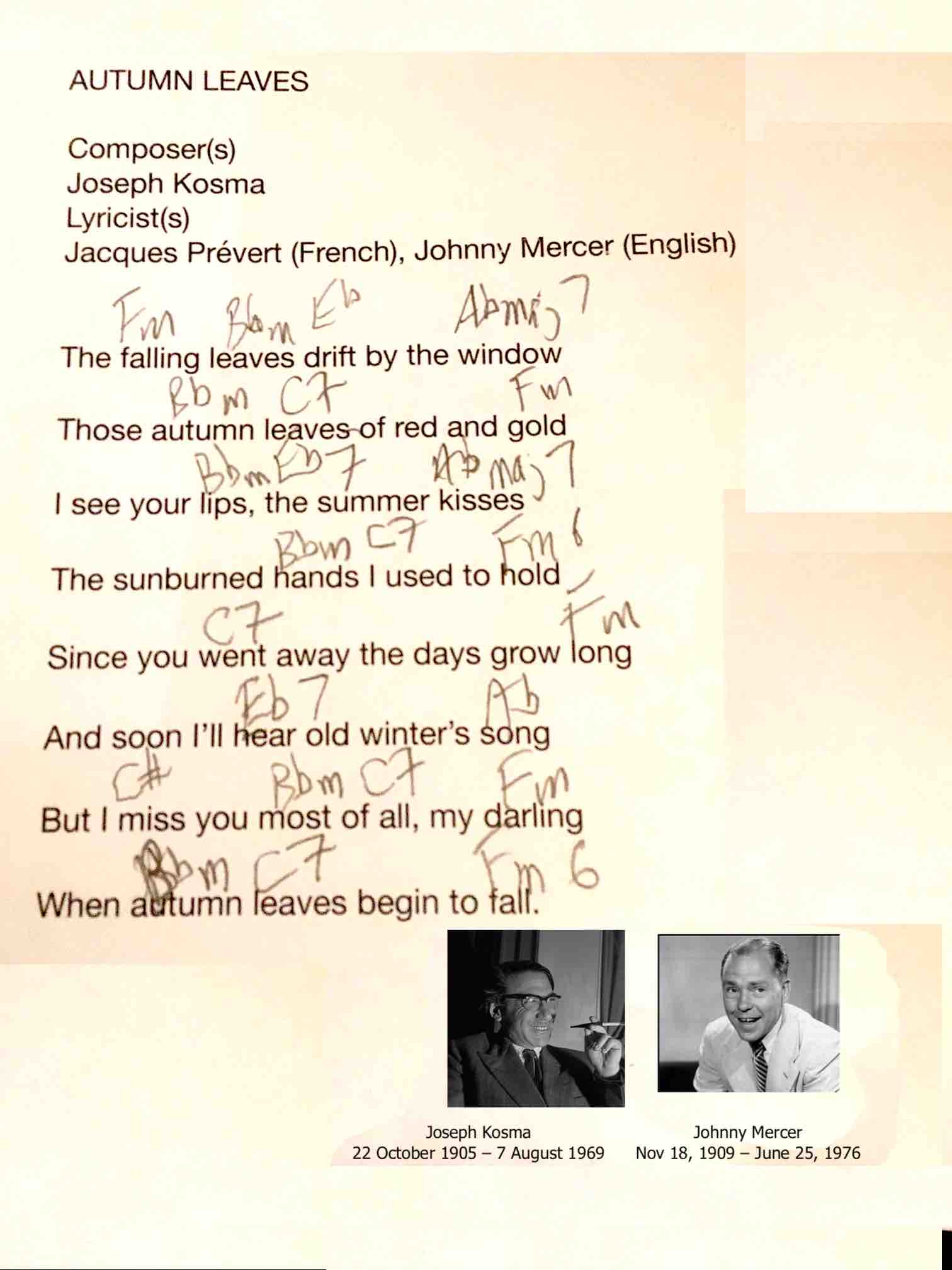
Autumn Leaves Lyrics and Chords in new key.jpg
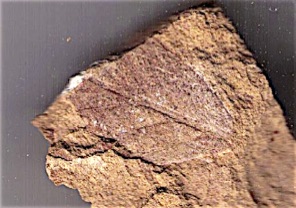
Fossil Leaf Tempe Butte.jpg
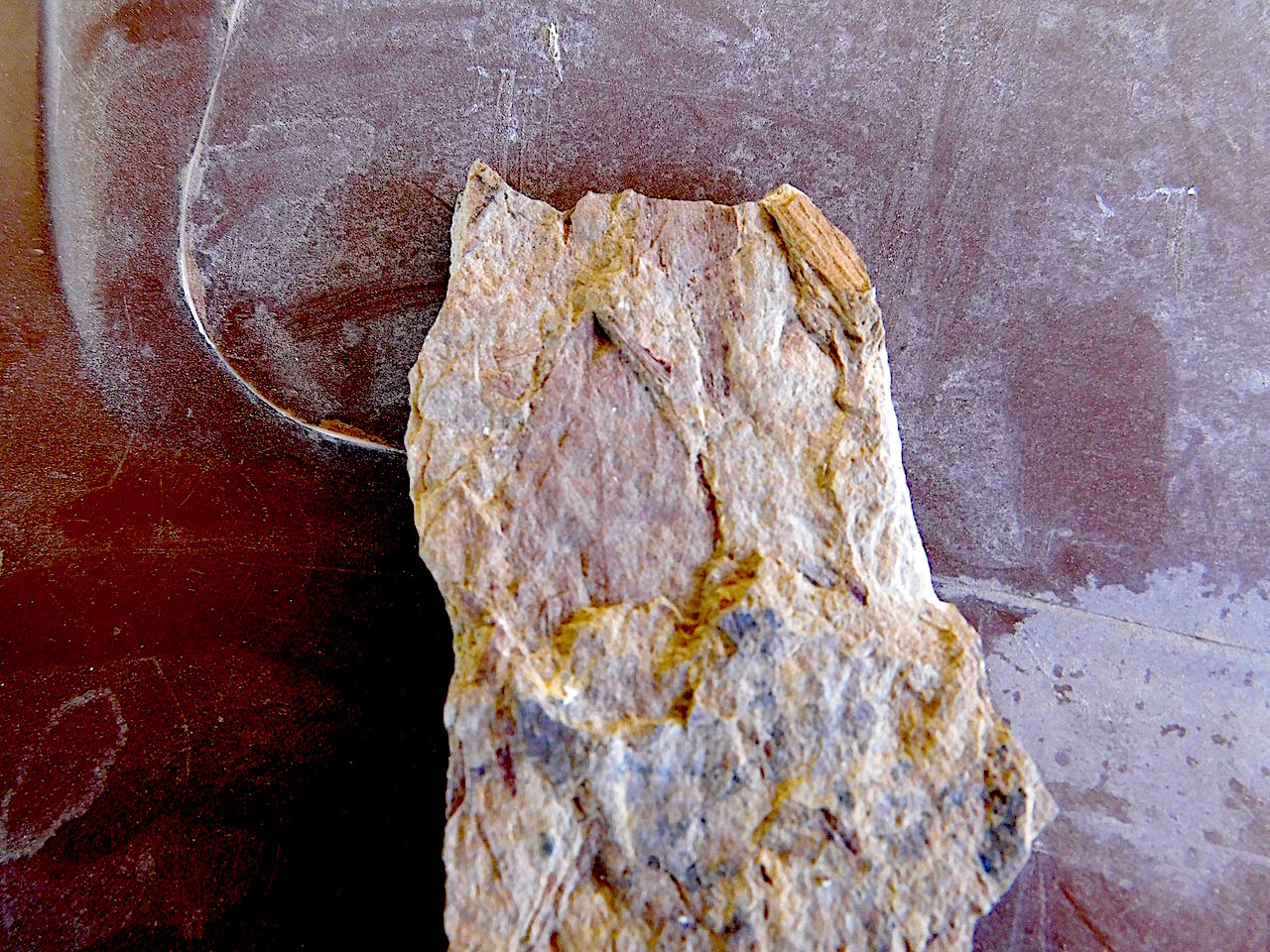
fossil leaf Tempe Butte (1) 2.jpg
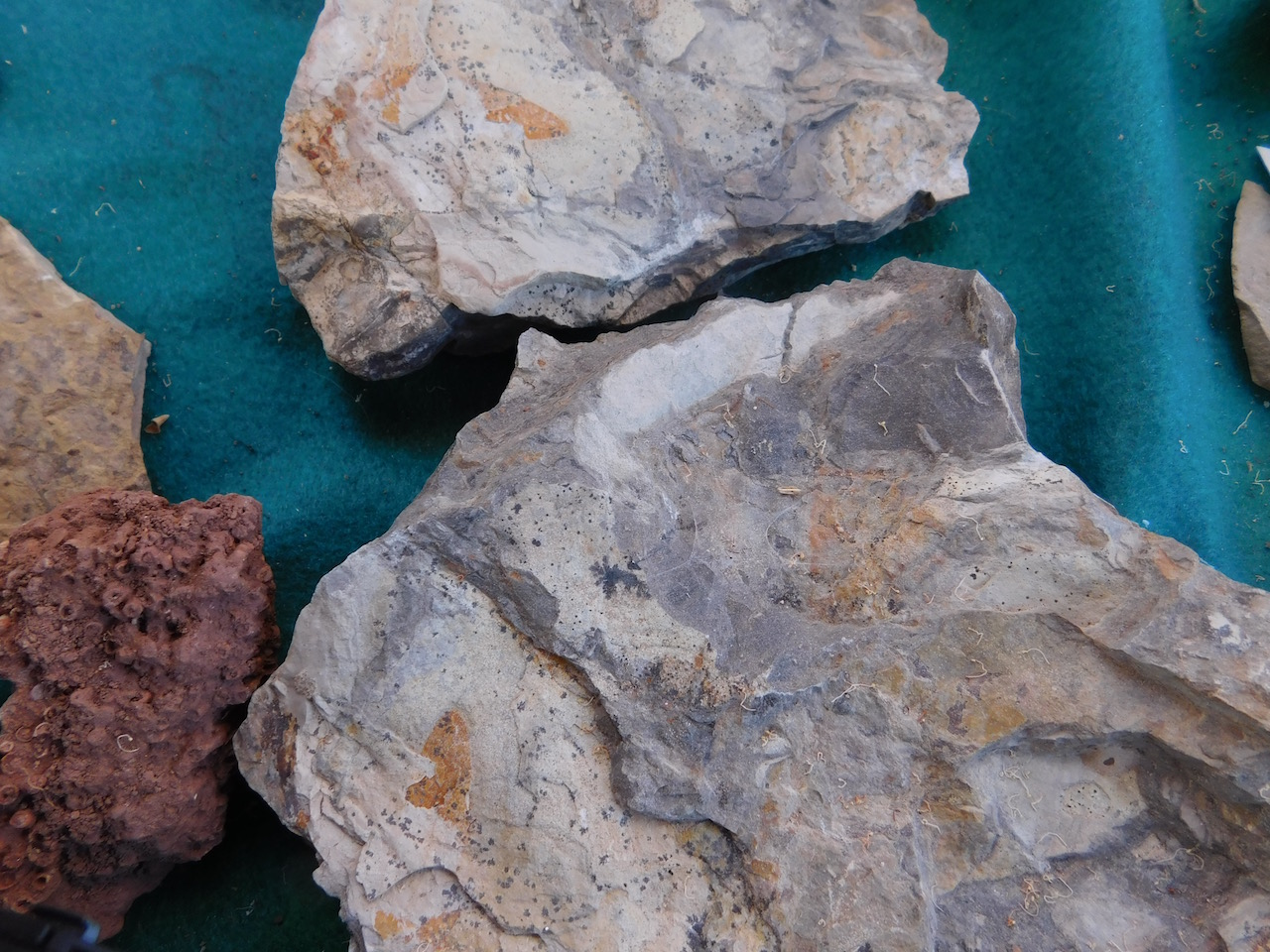
fossil leaf Tempe Butte4.jpg
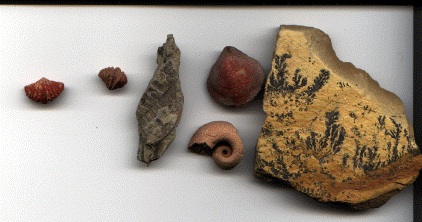
FossilsFakeAndReal.jpg
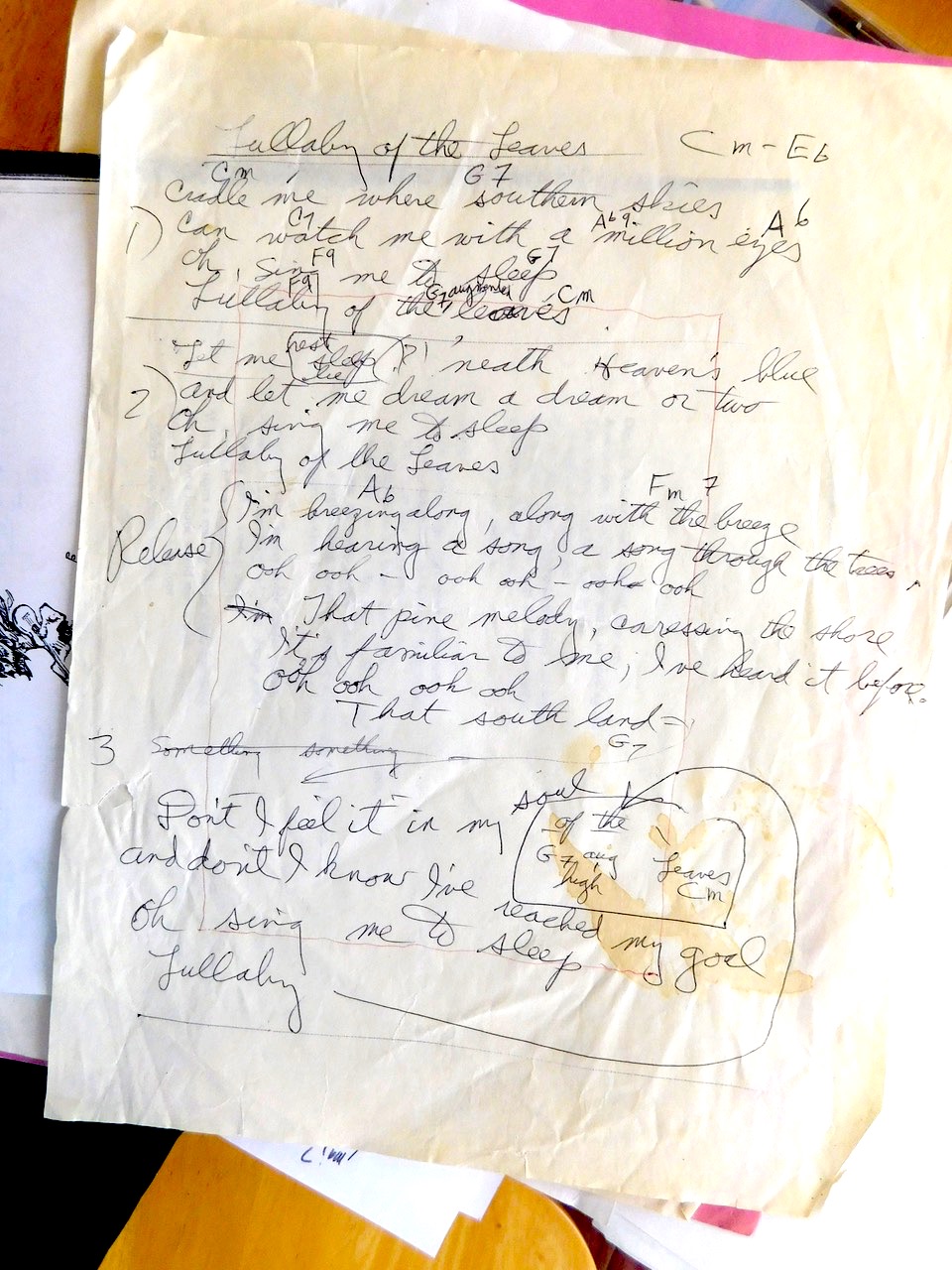
lullaby of the leaves done by dad.jpg
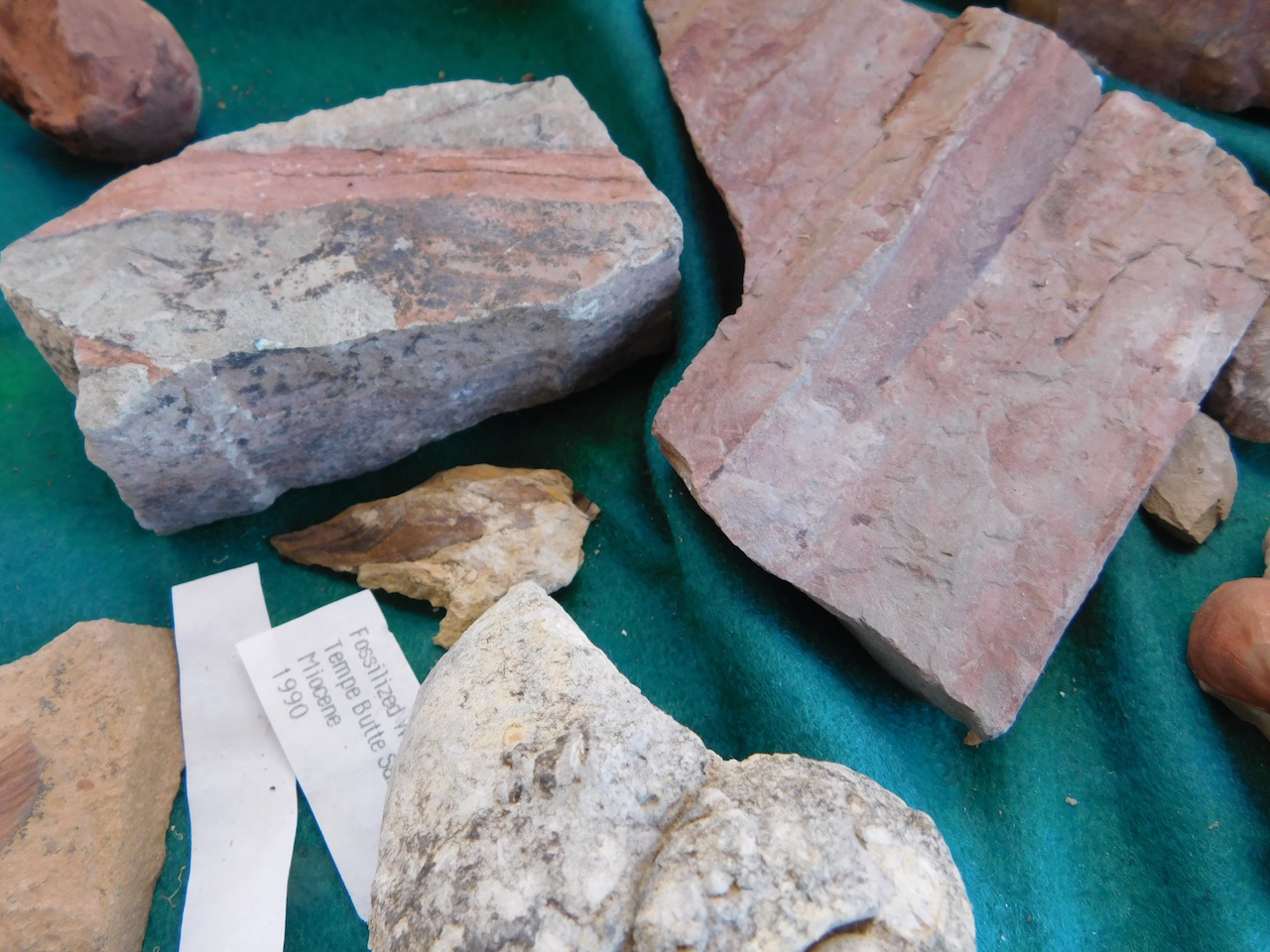
fossil palm fronds wood Tempe Bute Austin Pelecypod.jpg
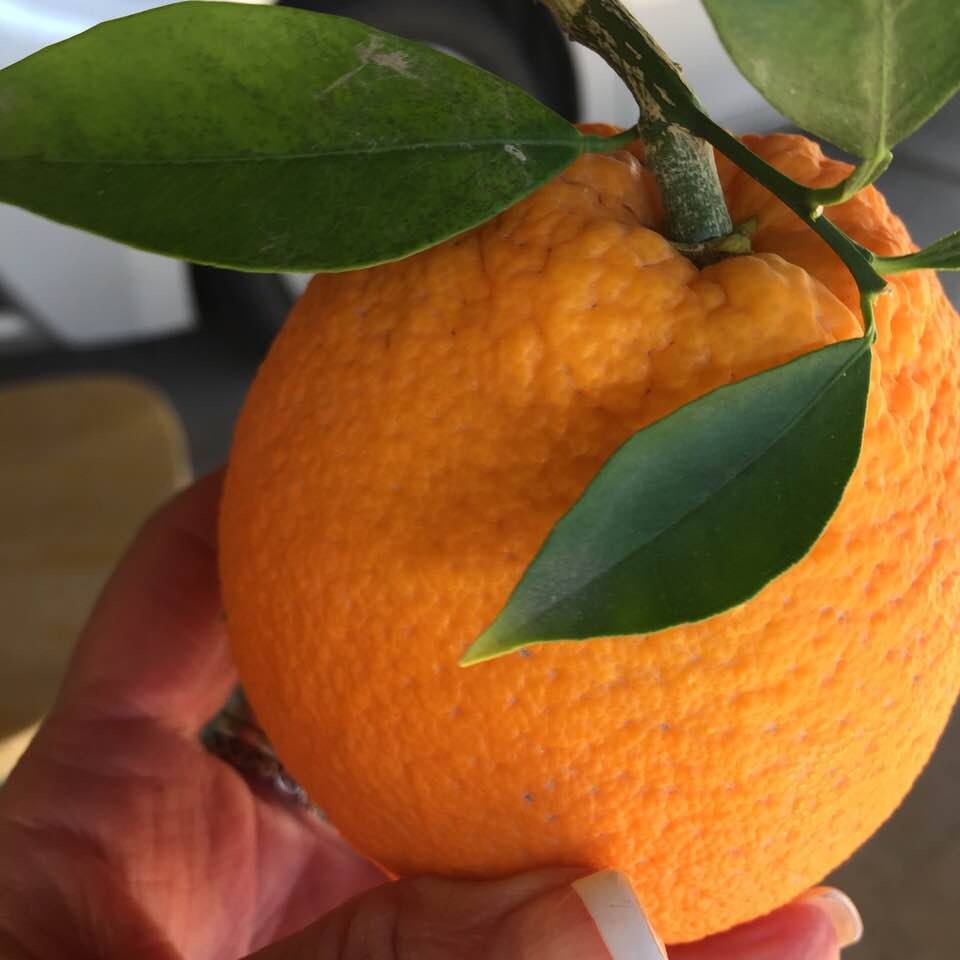
Orange I gave Wendy Feb 20, 2021.jpg
I
O
wild West Wind, thou breath of Autumn's being,
Thou,
from whose unseen presence the leaves dead
Are
driven, like ghosts from an enchanter fleeing,
Yellow,
and black, and pale, and hectic red,
Pestilence-stricken
multitudes: O thou,
Who
chariotest to their dark wintry bed
SONNET 73 WILLIAM SHAKESPEARE
That time
of year thou mayst in me behold,
When yellow leaves,
or none, or few, do hang
Upon those boughs
which shake against the cold,
Bare ruined choirs,
where late the sweet birds sang.
In me thou
seest the twilight of such day,
As after sunset
fadeth in the west,
Which by and by
black night doth take away,
Death's second self,
that seals up all in rest.
In me thou
seest the glowing of such fire,
That on the ashes of
his youth doth lie,
As the death-bed
whereon it must expire,
Consumed with that
which it was nourished by.
This thou
perceiv'st, which makes thy love more
strong,
To love that well,
which thou must leave ere long.
Leaves of Grass.jpg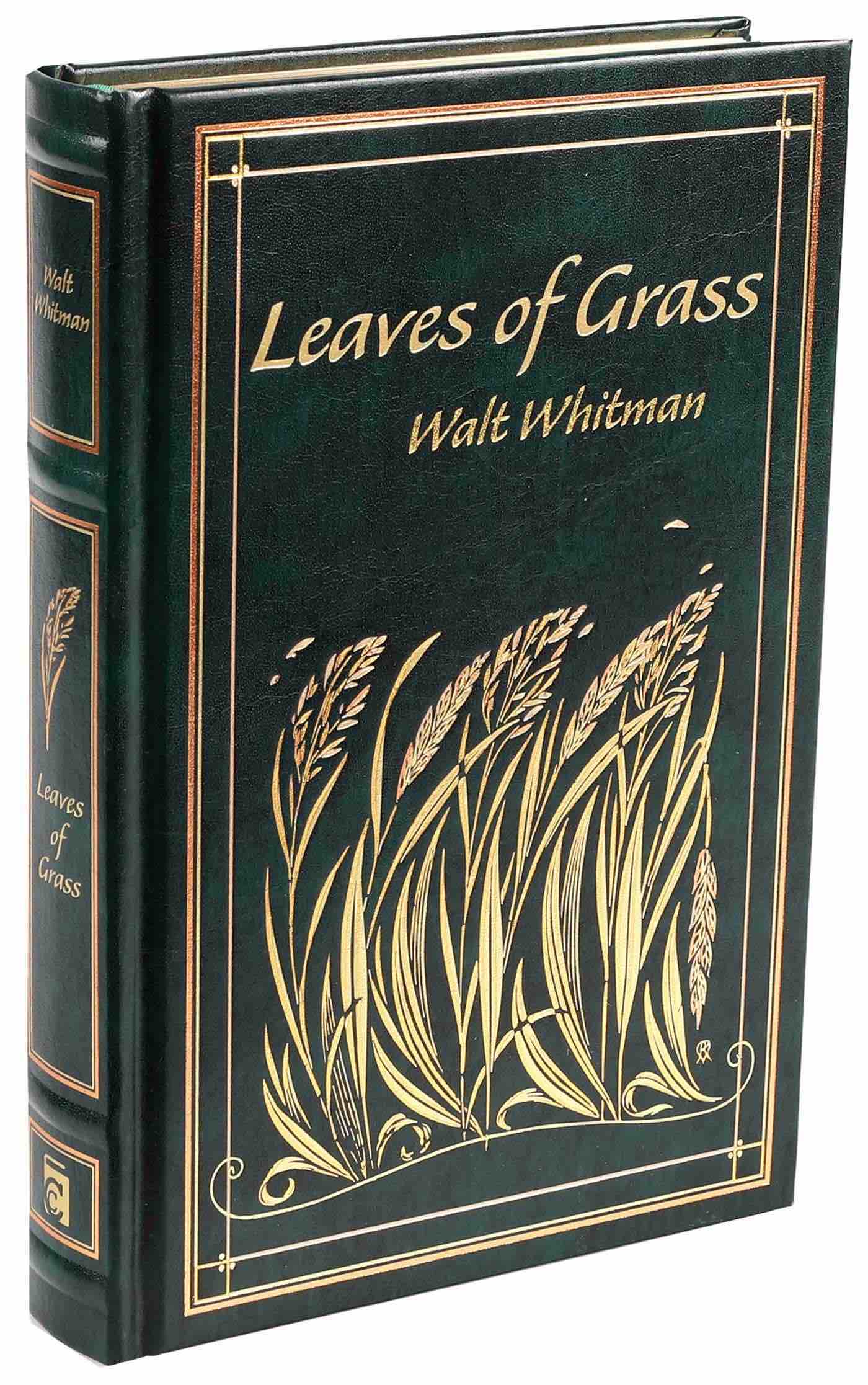
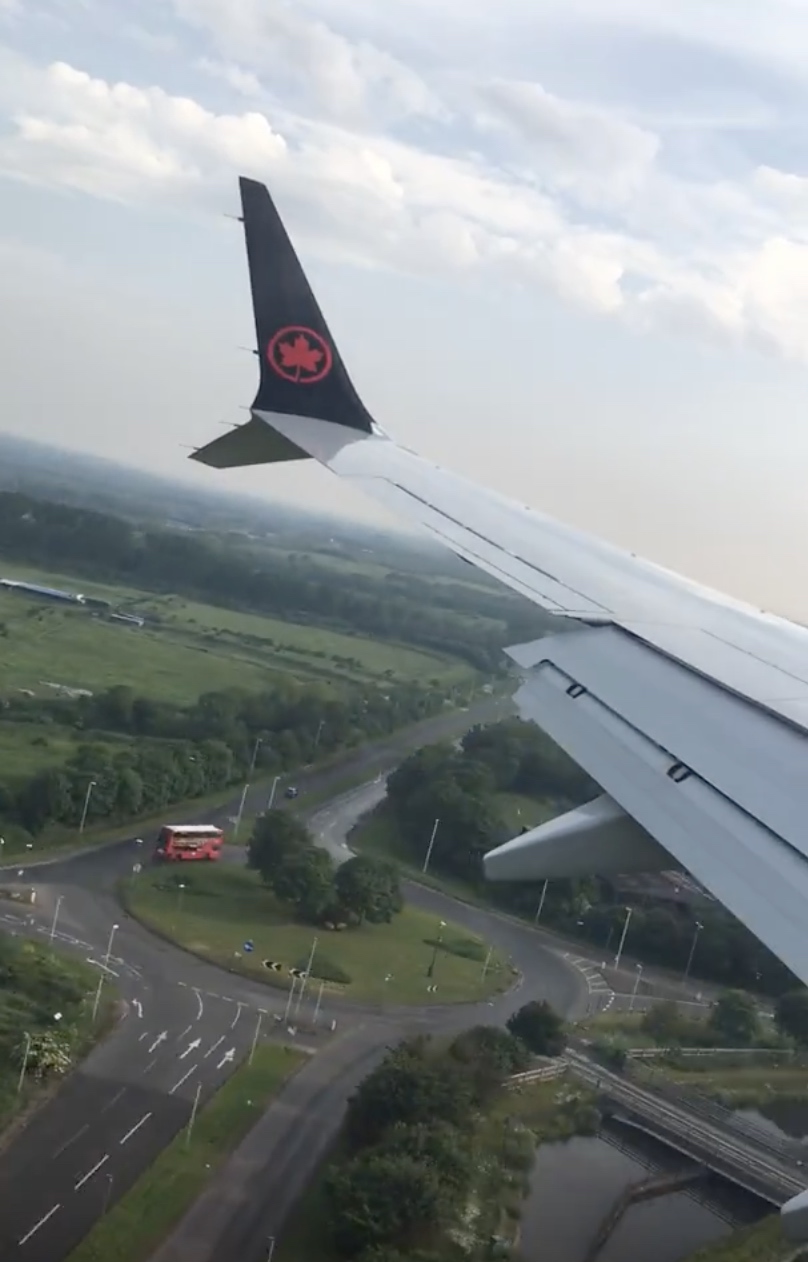
2018
Landing in London Heathrow Roundabout and Red Bus.jpg
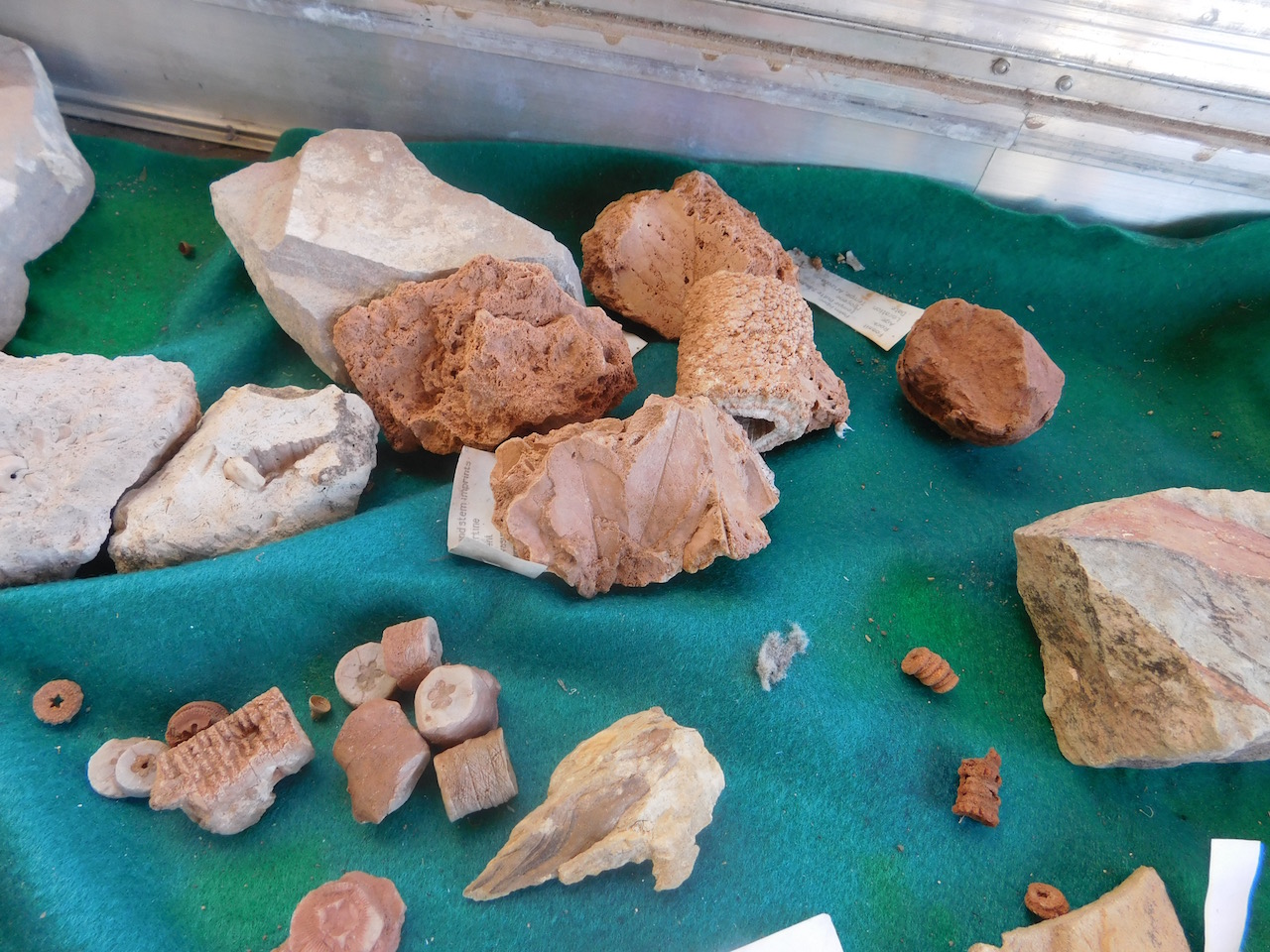
fossil leaves from Havasupai and chip of wood from Tempe
Butte.jpg
|
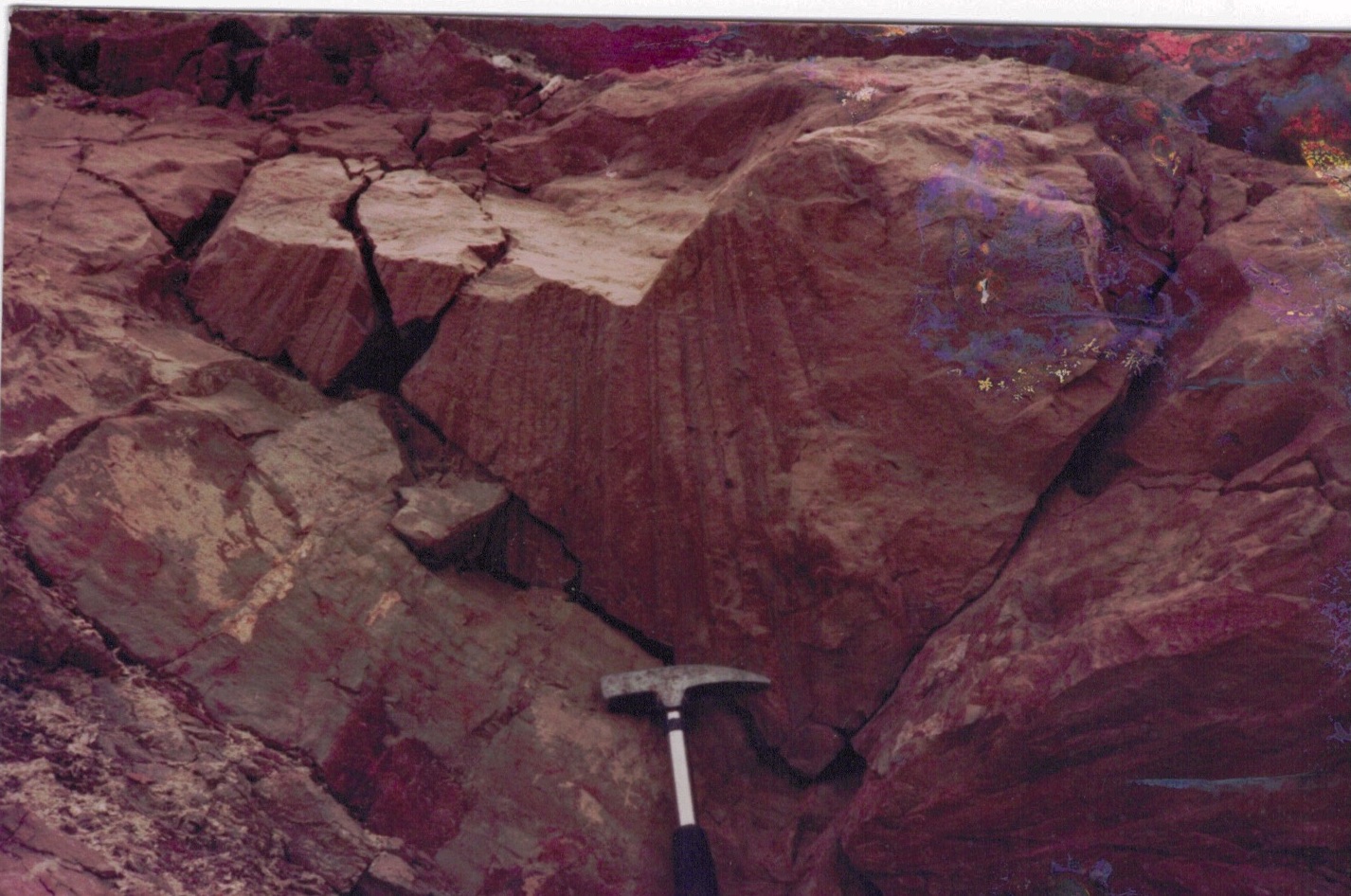
Palm Fronds Frog Ponds 1990.jpg
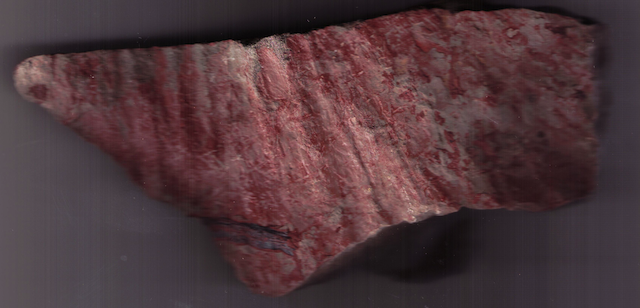
palm frond from T-butte.png
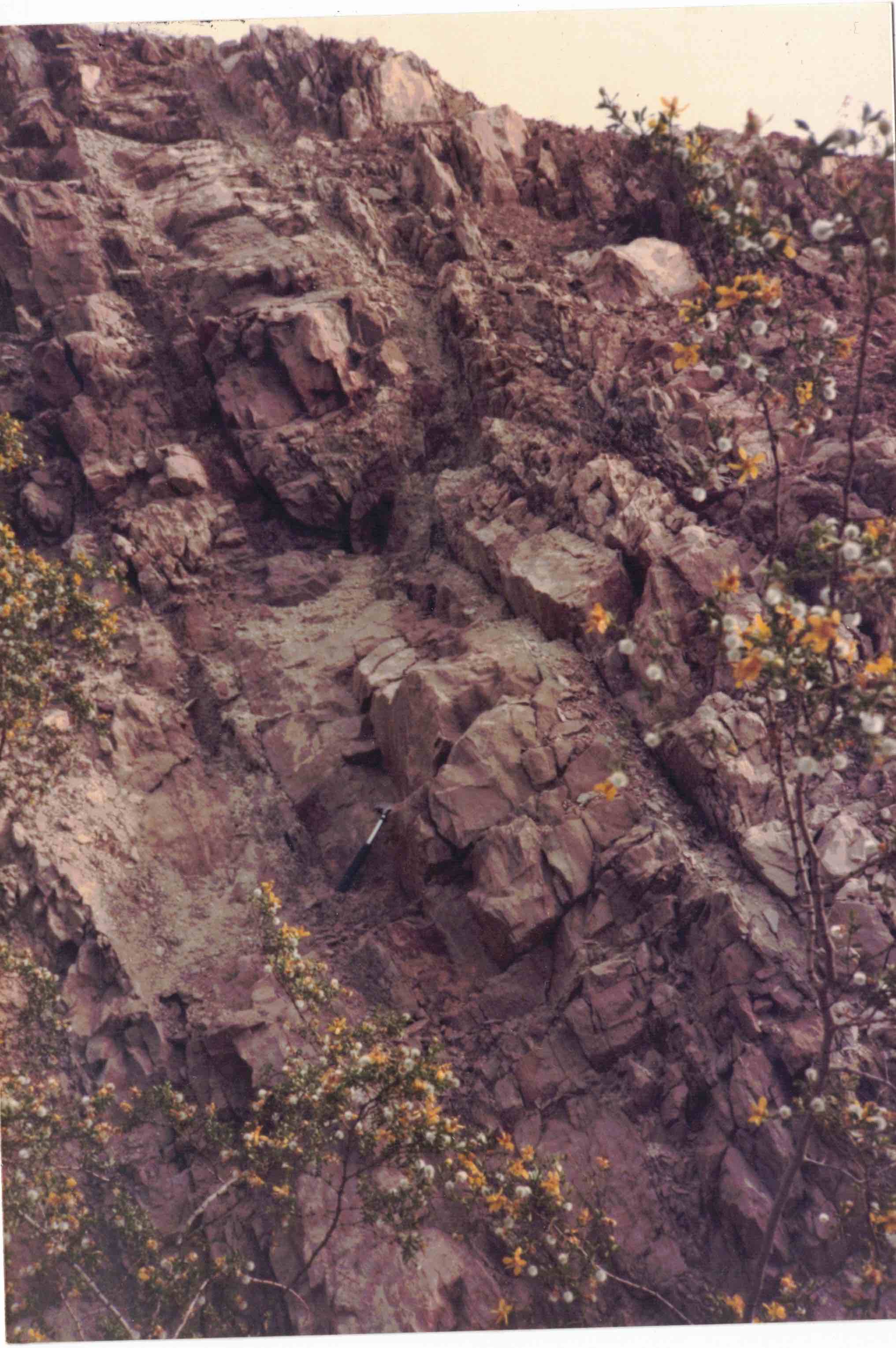
Rock Hammer Curry Road Palm Frond Fossils April 1990.jpg
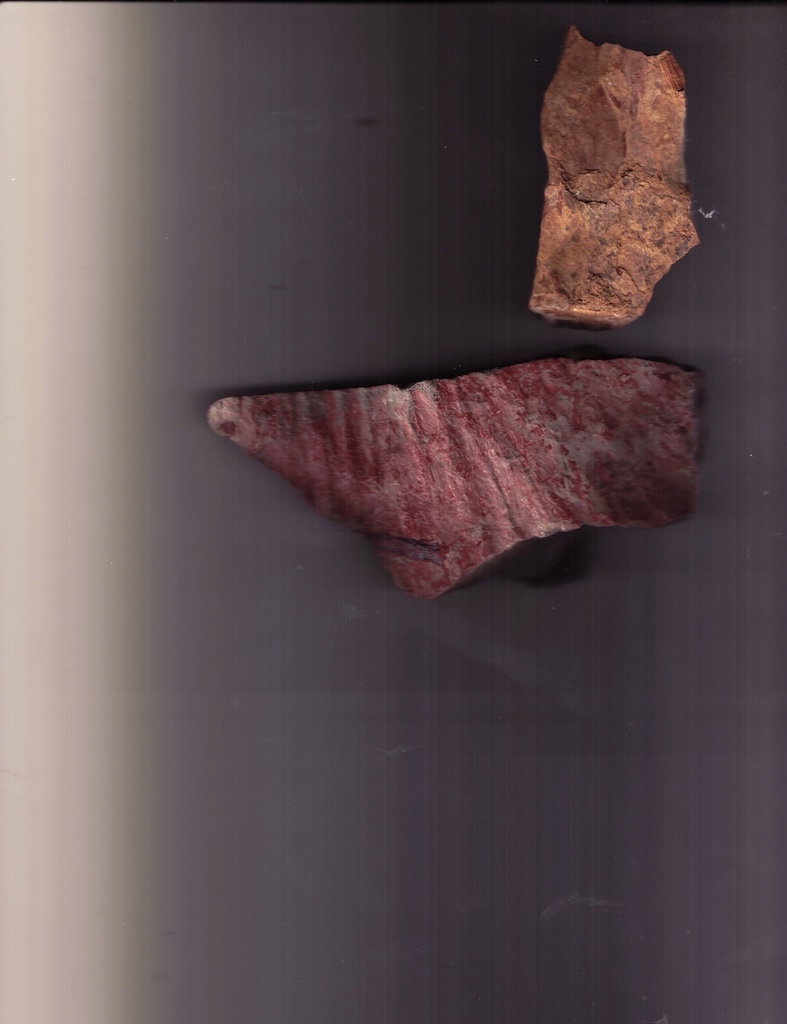
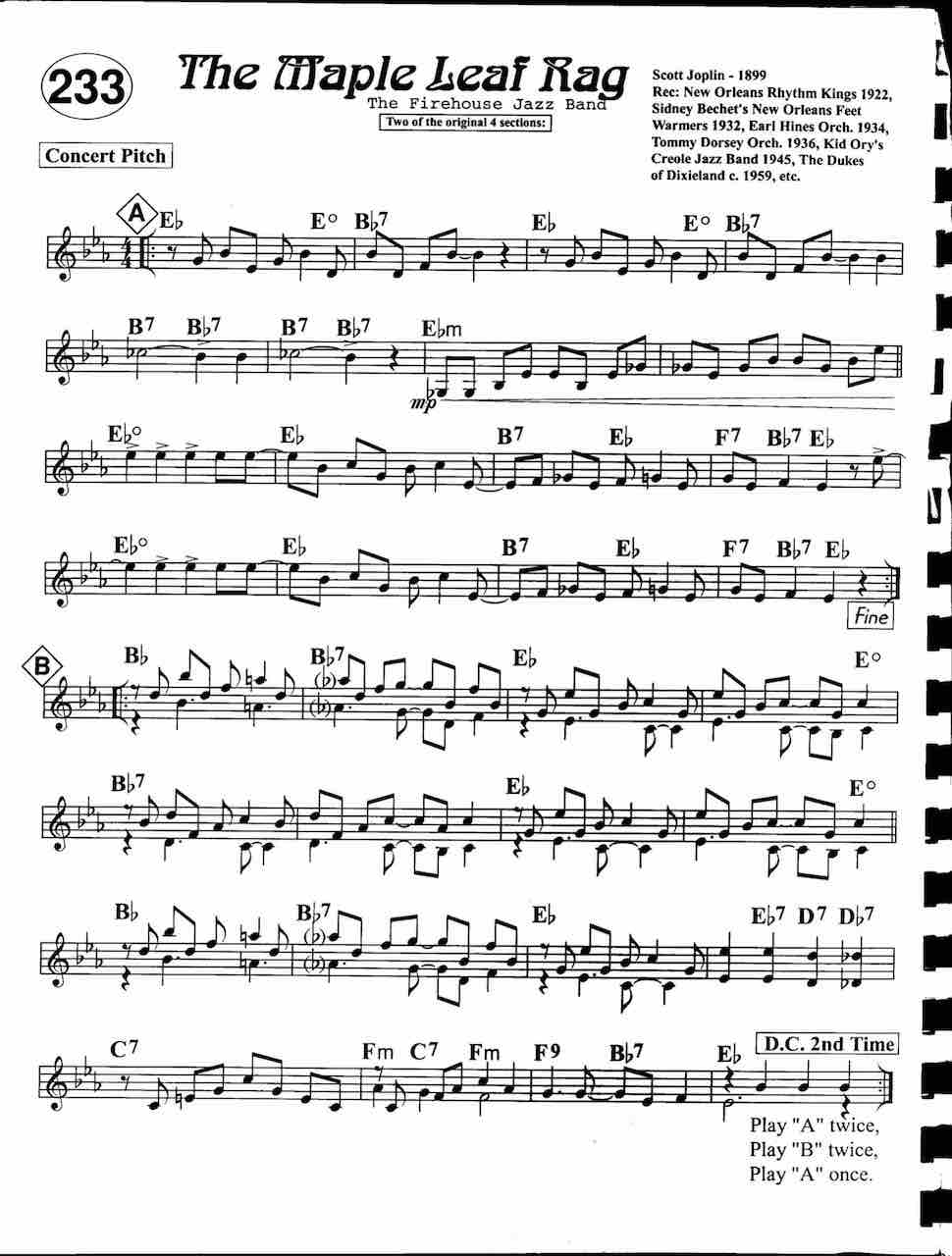
Maple Leaf Rag.jpg
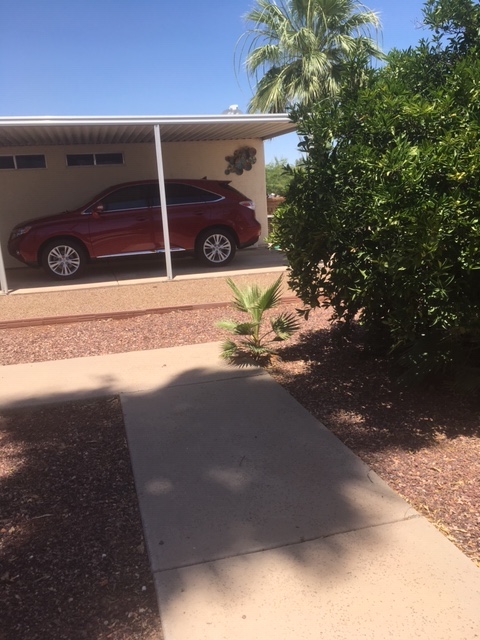
Palm Front Yard a.jpg
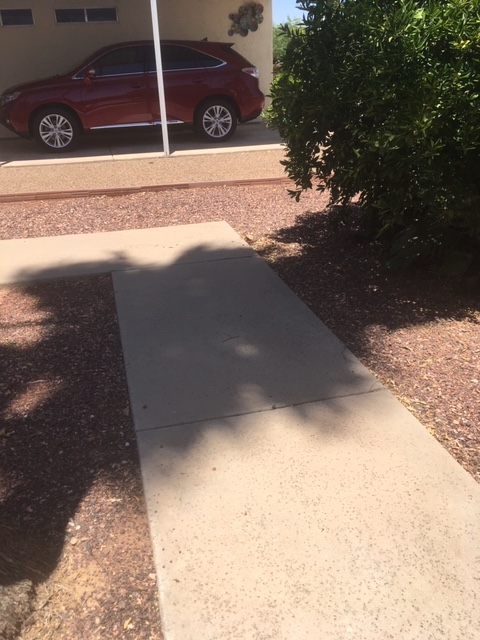
Palm Front Yard b.jpg
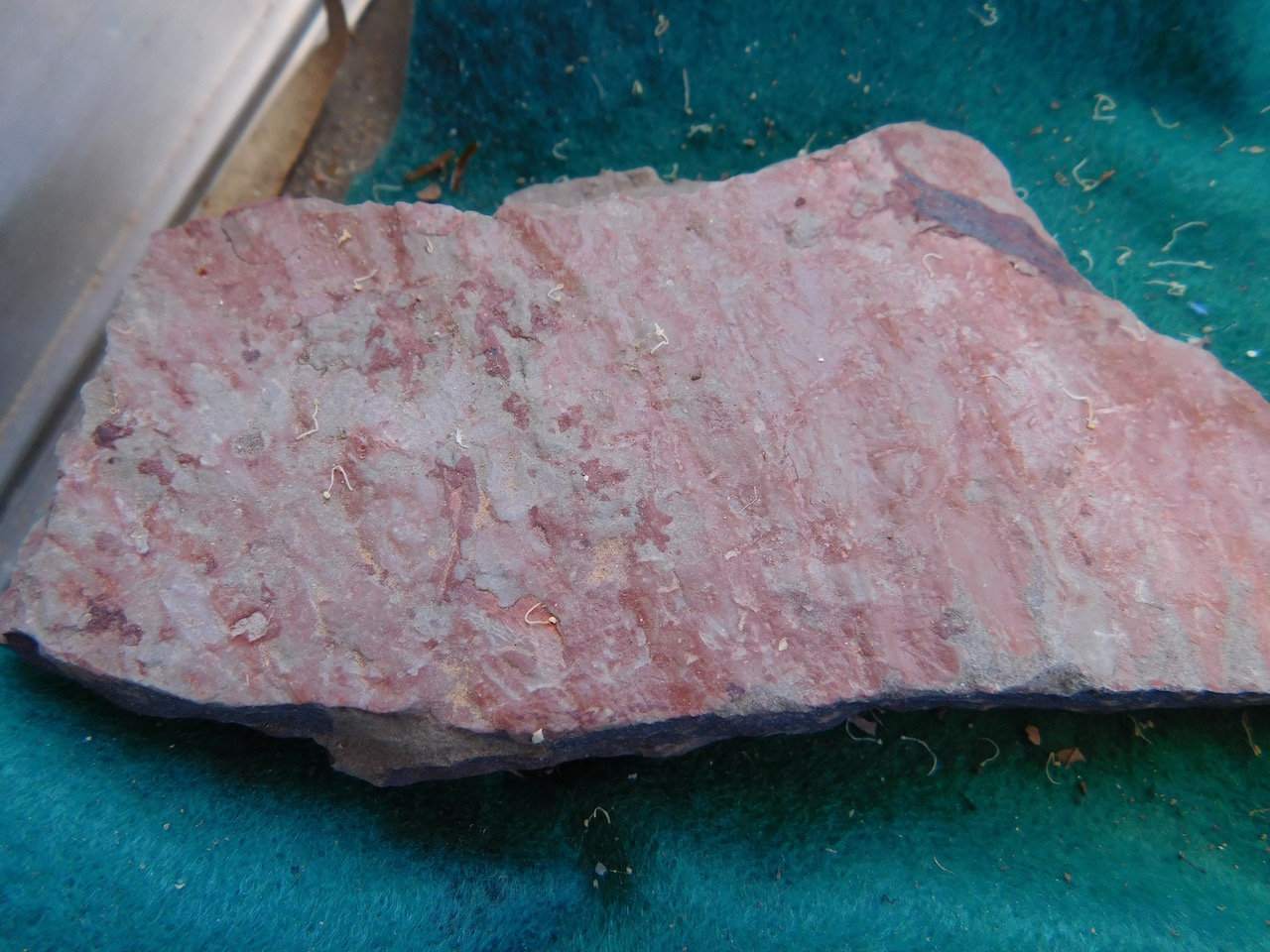
palm frond fossil Tempe Butte.jpg
palm frons leaf tempe butte.jpg

fossil palm fronds wood Tempe Bute Austin Pelecypod.jpg
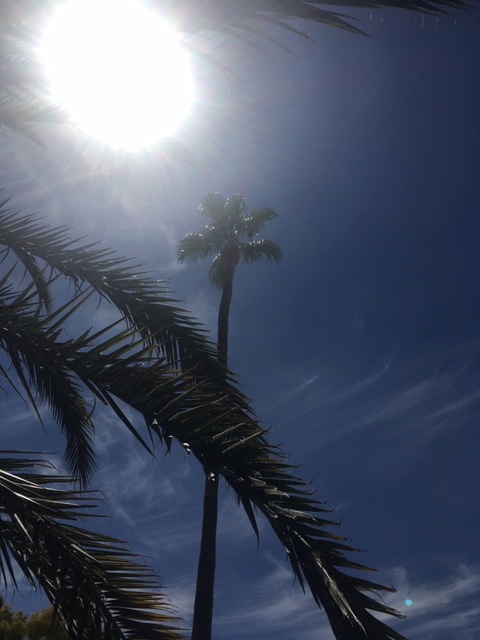
August 14, 2020 Front Yard Work and Tall Palm .jpg
FROM RECUERDO DE AMNESIA/MEMORY OF AMNESIA
34: Las charcas de ranas en la colina
En 1990 locamente me enamoré de los
fósiles. De niño en Kentucky yo los recogía a menudo y
siempre me fascinaban. Confieso que a principios de los
años noventa me volví un poco loco y hasta viajé en avión
a Wyoming para buscarlos. Allí encontré un pez en una
tabla de caliza que hoy tengo colgado en la pared de un
cuarto en mi casa.
Diplomystus, un pez de agua dulce
de la época Eoceno
Me uní a un club de aficionados patrocinado por el Museo
Suroeste de Mesa y les acompañaba a hacer excursiones.
Fuimos juntos a una excursión a Payson, Arizona, donde yo
encontré en una losa de esquisto un milpiés que había
muerto y endurecido en la piedra hace por lo menos
304 millones de años. Los detalles tan precisos del
fósil impresionaron a todos. Está ahora en el museo.
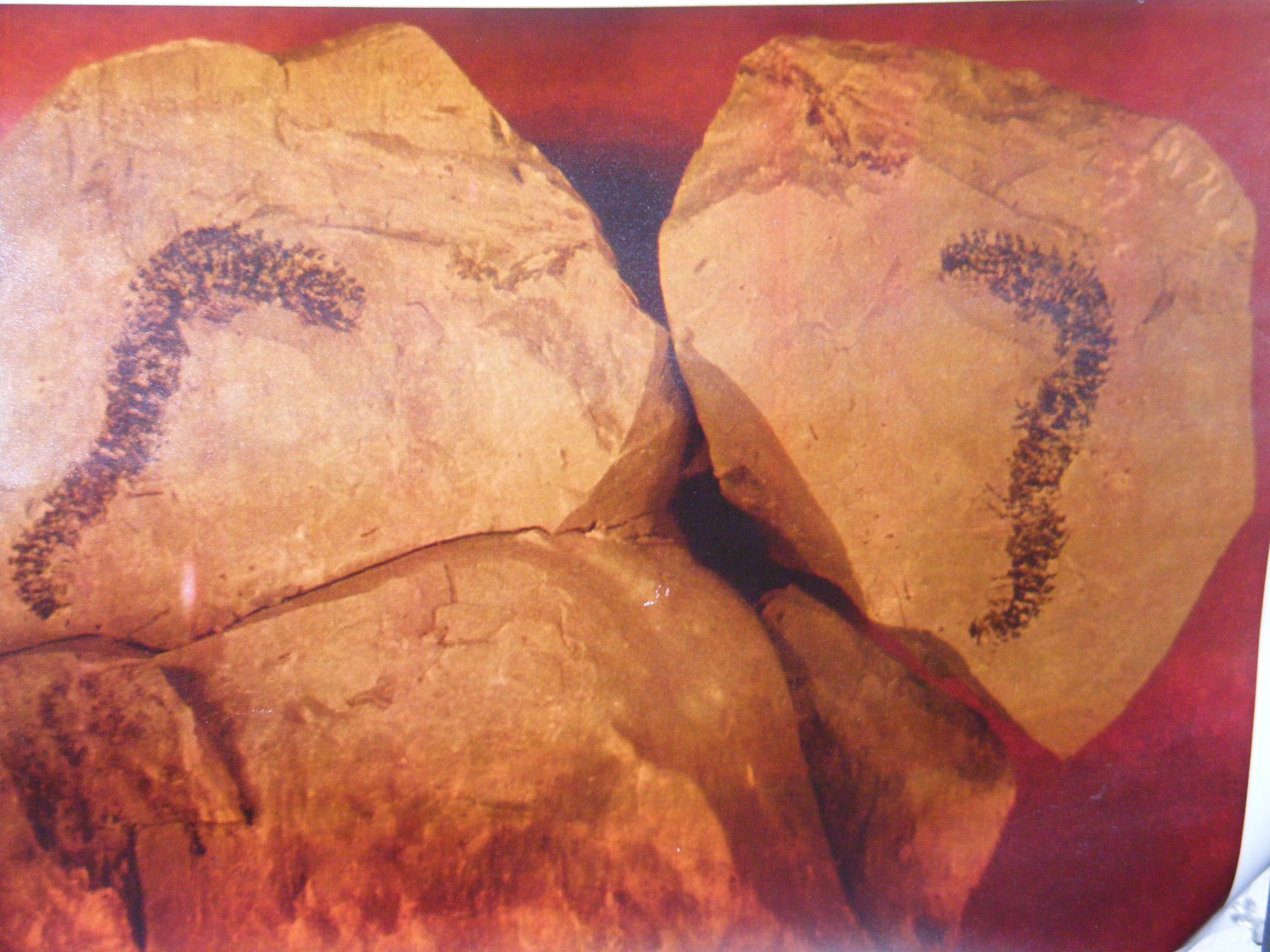
El milpiés del período Carbonífero Superior
El pueblo en donde me crié está situado
en un gran valle cuyas piedras son del Precámbrico, una
etapa cuando la vida terrestre ni siquiera había surgido.
No hay ningún lugar donde se encuentren fósiles salvo una
sola colina a las secas orillas del represado Río Salado.
Hay piedras sedimentarias del arroyo ancestral del Río
Salado que contienen fósiles, aunque escasos, y de calidad
regular.
Pasé horas en la colina buscando fósiles y logré encontrar
dos fósiles de hojas. Nunca nadie había encontrado antes
hojas en esas piedras.
También encontré algo que parece ser el ala de un insecto.
Las piedras en la colina se remontan a la época Mioceno
que se inició hace 23 millones de años y terminó hace 5
millones de años. En esa época evolucionaron muchas
especies de hierbas. Encontré en la colina una losa de
arenisca con algo muy parecido a una brizna de pasto. No
es muy impresionante, pero siempre me ha gustado creer que
lo era.
También encontré frondas de palma. Llamé a la botánica y
paleontóloga Kathleen Pigg en la universidad y ella fue
conmigo a un acantilado donde había muchas de ellas.
Cuando mi padre vio las frondas, dijo en inglés:
—¡Qué buenas charcas de ranas!
Cuando él era niño había una charca de ranas cerca de su
casa in Massachusetts que le gustaba mucho. Muy a menudo
hablaba de ella. Las llamó “frog ponds” en lugar de “palm
fronds” de broma porque las palabras en inglés suenan muy
parecidas.
34: The Frog Ponds on the Hill
In 1990 I became insanely infatuated with
fossils. As a child in Kentucky, I often collected them
and they always fascinated me. I confess that at the start
of the nineties I went a little crazy and even flew to
Wyoming to look for fossils. There I found a fish in a
slab of limestone that I have hanging on the wall in my
bedroom at home.

Diplomystus, a freshwater fish from the Eocene
I joined a fossil club sponsored by the
Southwest Museum of Mesa. I accompanied the other members
on field trips. We went together on a trip to Payson,
Arizona, where I found in a sheet of shale a millipede
that had died and hardened into stone at least 304 million
years ago. The exquisite detail of the fossil impressed
everybody. It’s in the museum now.

The millipede from the upper Carboniferous
The town where I grew up is located in a
huge valley whose rocks are from the Precambrian, an era
when life on earth hadn’t even begun. There’s no place at
all to find fossils except for a single hill on the dry
shores of the dammed Salt River. There are sedimentary
rocks there from the ancestral Salt River that contain
fossils, although scarce and of low quality.
I used to spend hours on the hill looking for fossils and
I managed to find two fossil leaves. No one had found
leaves in those rocks before.
I also found something that could be an
insect wing.
The rocks on the hill date back to the Miocene that began
23 million years ago and ended five million years ago. In
this epoch, many species of grass evolved. I found a slab
of sandstone on the hill with something in it that looked
a lot like a blade of grass. It isn’t very impressive, but
I’ve always liked to believe that it’s a blade of grass.
I found palm fronds as well. I called the
botanical paleontologist Kathleen Pigg at the university
and she went with me to a cliff where there were a great
number of palm fronds.
When my father saw the fronds, he said, “What nice frog
ponds!”
|